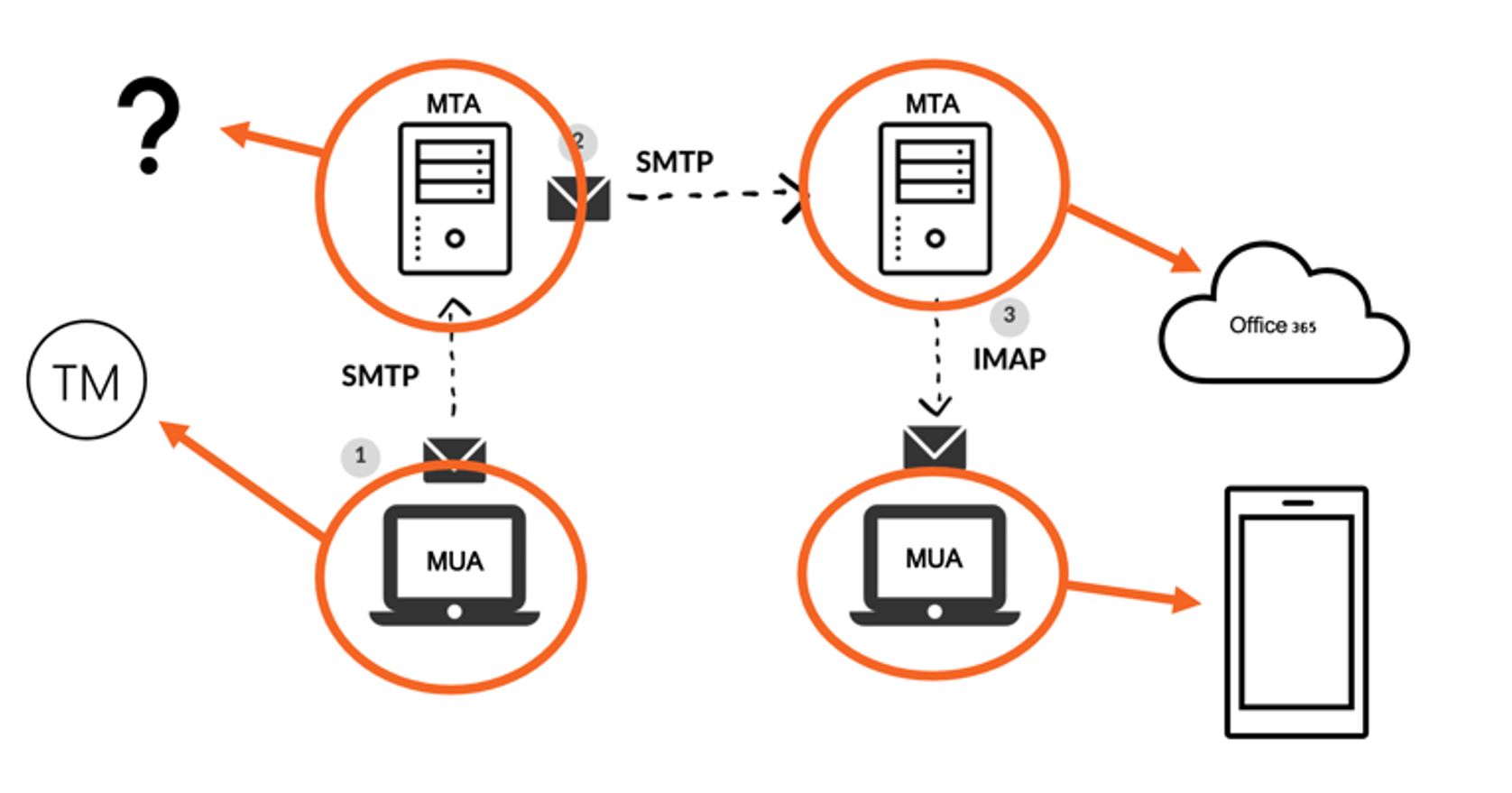What is Email Infrastructure?
When you hear the word infrastructure there are a lot of different images that come to mind including things like roads, power grids, and railways, but there’s a lot of invisible infrastructure all around us as well. Invisible infrastructure includes things like water and waste systems, telephone and data networks, and my favorite: email infrastructure.
Email infrastructure is the underlying framework composed of hardware and software responsible for the sending and receiving of email messages.
At its most basic level, think of it as the magical super-highway that enables businesses to deliver lovingly crafted email messages to their recipients to help improve the customer experience and build brand loyalty.
Note: Looking to get your email program up and running quickly with expert assistance? Our Concierge plan has you covered. You get all of the strategic advice you need to create the ultimate email program with none of the headaches.
Why Email Infrastructure is so Important?
Email infrastructure architecture is a lot like the plumbing in a hotel; every single guest of the hotel, along with all of its staff, depend on the complex plumbing and electrical systems of the hotel day in and day out. But in the entire building, it is only really seen and managed by a small group (or even a single individual). It may not even be a full-time concern of any one individual.
And while this level of management is usually ok for the hotel, when something does go wrong it impacts everyone, from the plumber and electrician, to the guests, staff and overall business. And lets face it, something will eventually go wrong. So, like the hotels plumbing and electrical infrastructure, email infrastructure operates similarly, it’s a large framework that hundreds, thousands, millions, billions of people depend on that is often left unnoticed, unconsidered, and in some cases, poorly maintained.
How Email Infrastructure Sends Messages
Every email message you send and receive traverses both your private network and the public Internet through a series of systems maintained by a variety of teams and individuals.
It doesn’t matter whether you’re hitting ‘Send’ from your desktop email client (also known as a Mail User Agent or MUA) or from a Campaign Management System (or CMS), the journey of most email messages begins the same. The system you clicked ‘Send’ in connects to a Message Transfer Agent (or MTA) via a network connection. Both your email client and the MTA communicate using an agreed upon set of commands called Simple Mail Transfer Protocol (or SMTP).
Your local MTA stores a copy of the message and lets your email client (or CMS) know that it will take it from here. The MTA then determines what the next hop in your message’s journey is by looking up the relevant information and contacting that next hop (another MTA), usually at the receiving domain.
The receiving domain will use one or more MTAs to accept traffic from a variety of systems around the world, often performing tasks such as user validation, spam filtering, antivirus scanning, and will then pass the message to a Message Delivery Agent (MDA) that stores the message until your recipient’s email client requests the latest messages for viewing.

Types of Email Infrastructure
Most senders these days will be deciding between a cloud-based and an on-premises solution, although alternative options do exist.
- Open Source (On-premises)
- Commercially licensed (On-premises)
- Cloud-based MTA Service
- Hybrid Cloud Sending (our thought was, why not do both?)
The solution that is ultimately right for your business will depend on your primary email needs: ease of use, reliability, security, and ability to customize your setup, among other things. It will also depend on your budget and the level of email delivery expertise you have in-house, as we will explore in the next section.
Each of the email delivery option has its own list of pros and cons, which we will get into in greater detail in our next post.
Challenges Businesses Face with Email Infrastructure
As critical and complex as email infrastructure is, it’s actually pretty simple for most businesses to get started:
- For user-to-user messaging, many companies usually start by choosing between Office 365 from Microsoft or Google Workplace, configure their users and domains, and get going.
- For application-driven messaging, many will configure a basic Open-Source MTA for use by their in-house developed apps and start sending automated email messages.
- For marketing, most organizations will select some type of email infrastructure as a service or hosted email infrastructure like an Email Service Provider (or ESP)or Marketing Service Provider (or MSP) and start building their lists, designing their content, and sending.
Most of these methods work well for small to medium-volume senders but companies often run into challenges when attempting to scale their email program. For example:
- Neither Microsoft nor Google permit large-scale automated messaging out of their respective platforms, especially for marketing purposes.
- Open-Source MTAs are built for smaller organizations and are not intended to scale to millions of messages per hour.
- Most large-scale organizations inevitably look at bringing their infrastructure in-house when the costs of a third-party solution become too high.
Still, bringing your email infrastructure in-house to successfully send at scale requires systems, software, and expertise to manage the infrastructure needed to operate reliably and efficiently. The costs of bringing this type of infrastructure in-house, especially if the transition and implementation is not managed by an experienced professional using email infrastructure best practices, can often end up costing much more than initially intended.
Choosing the Right Email Infrastructure for Your Business
Now that you know what Email Infrastructure is, how it is important to your business, and key considerations when evaluating your options, you’re ready to dig into the Email Infrastructure Landscape and choose the best solution for you.
In our next piece, we’ll introduce you to the pros and cons of the options available to you, and how to choose the right email delivery infrastructure for your business. We’ll also share with you the future of email infrastructure and how it can enable you to leverage the best of both worlds to build something truly matched to your organization’s email needs.
Interested in learning more about how email can be used to improve the experience for your customers? Let’s talk email.








